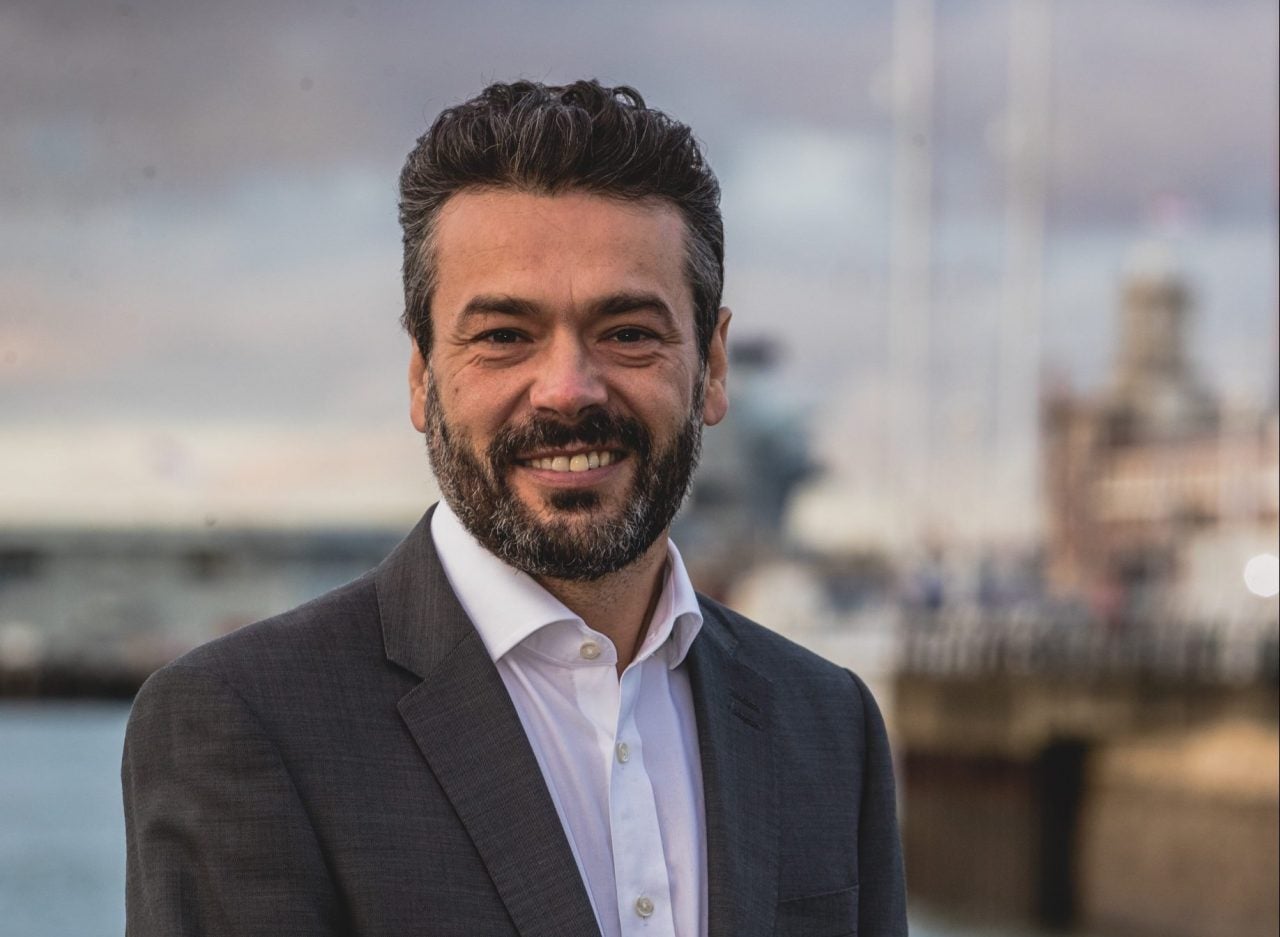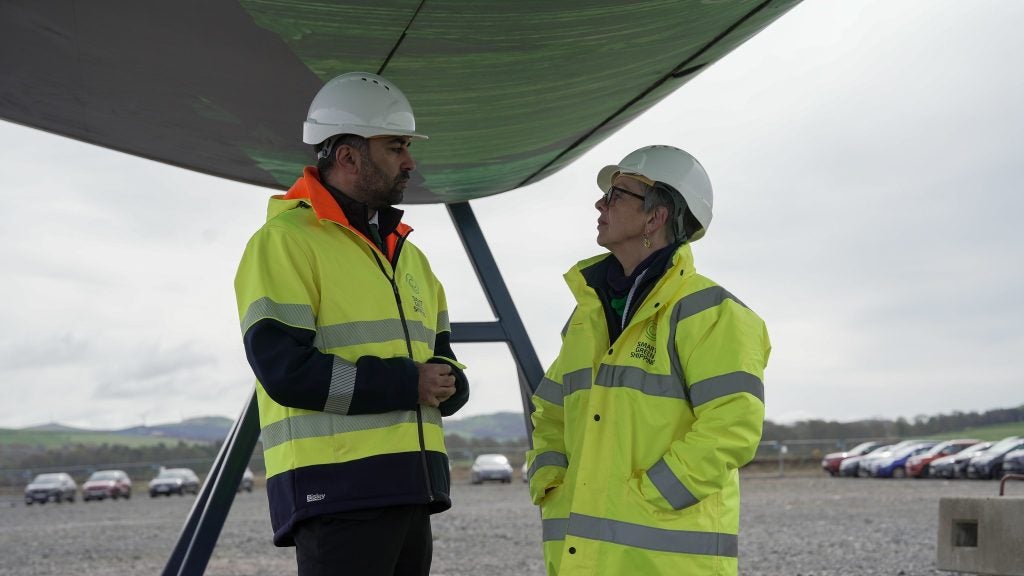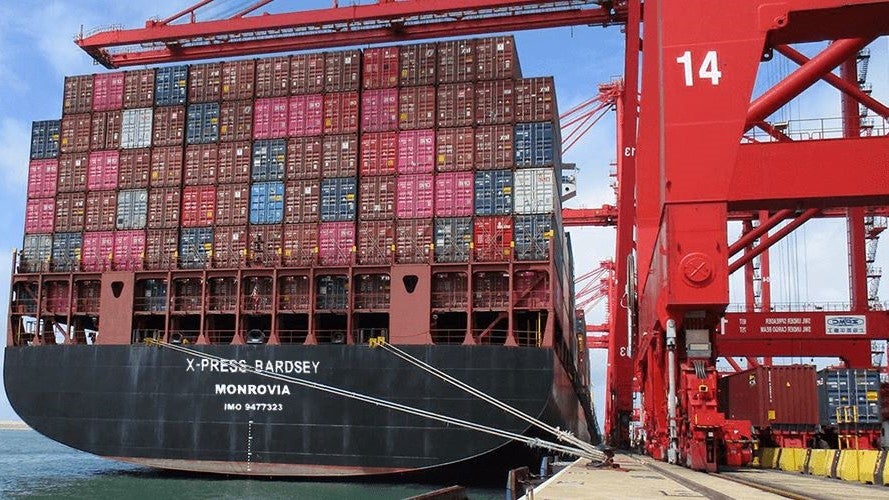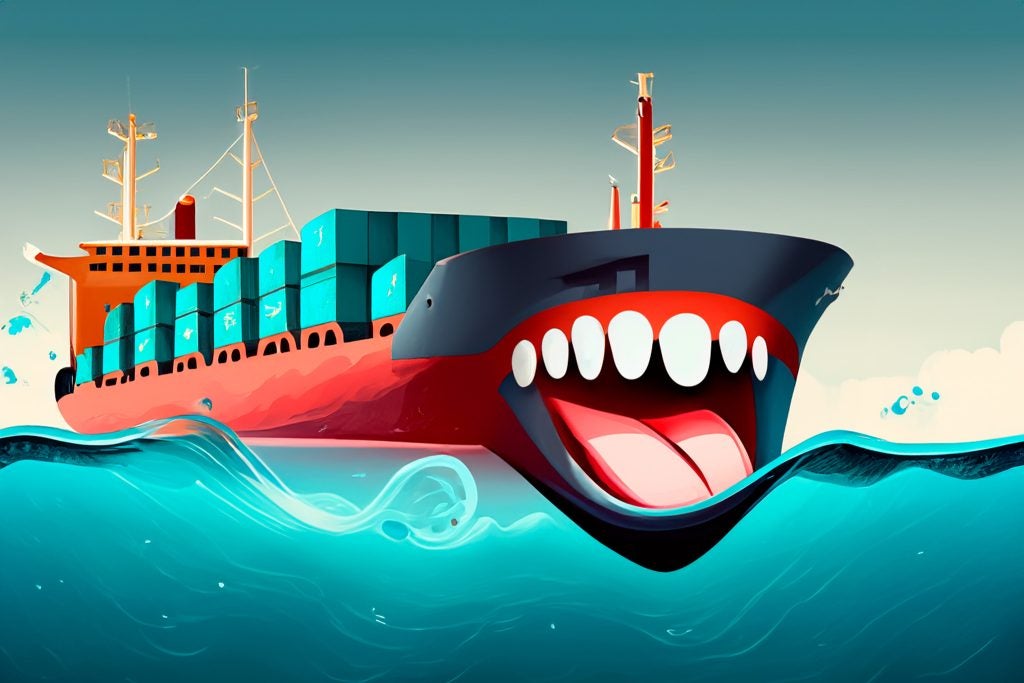
Despite the deadline set by the International Maritime Organization (IMO) to reduce shipping CO2 emissions by 50% by 2050, the maritime industry is still grappling with decarbonisation and testing different ways to move forward.
BAR Technologies, a spin-off company from the engineering team behind Sir Ben Ainslie America’s Cup winning racing boat, has decided to “go back to the future”, focusing on the development of wind propulsion technology.
Forming a partnership with US multinational Cargill, BAR Technologies has developed WindWings, a 45m wing sail that can be fitted on the deck of bulk cargo ships, reducing carbon emissions by 30%.
During the project launch in October 2020, BAR Technologies CEO John Cooper said that wind was a ‘near marginal cost-free fuel’ that presented a significant opportunity for reducing emissions and vessel operating costs.
Three months later, we catch up with Cooper – a former chief executive at McLaren – about WindWings, wind propulsion and the future of shipping.
Ilaria Grasso Macola (IGM): Why are ship owners and carriers still grippling with decarbonisation?
John Cooper (JC): The endgame of course is 2050, but there are some big targets prior to that in 2030 and even a bigger one in 2040. A lot of nations are laying on top of that and want to go further than the 50% [cut on emissions by 2050], indeed wanting to get carbon neutral, which is fantastic and admirable.
How well do you really know your competitors?
Access the most comprehensive Company Profiles on the market, powered by GlobalData. Save hours of research. Gain competitive edge.

Thank you!
Your download email will arrive shortly
Not ready to buy yet? Download a free sample
We are confident about the unique quality of our Company Profiles. However, we want you to make the most beneficial decision for your business, so we offer a free sample that you can download by submitting the below form
By GlobalDataWe are on the slows now and there’s no doubt about it. Low-carbon fuels will be more expensive and [when] everybody is in business you have this perennial issue which is the economics of the situation.
Given the choice, every owner in the world would love their vessel to be lower in carbon but they still need to pay the bills. Because what we do have to accept is that there’s a reason why people use heavy marine oil and that is price, especially because [the price of] these new low-carbon fuels will be two, three, four times more expensive [than oil].
Luckily for the industry, these IMO directives become law for various countries and we have got to achieve them. But more importantly, I think societies change as people are demanding all industries to decarbonise [and this] is a big motivator for some of these really big players in shipping.
IGM: How does wind propulsion work? What are its pros?
JC: Wind motion isn’t new to the shipping industry and we always talk about [going] “back to the future” because if you rewind to 50 or 100 years back, it was sails all over cargo vessels.
[Even though] combustion engines changed all that, it’s wonderful [to see] that we are going back to wind. It’s very difficult to argue for wind to be the sole fuel because, as shipping lanes become more congested and ports demand on-time arrival, we do need other fuels.Wind is a supplementary fuel, as it augments and adds to normal forms of combustion, but it is a very useful tool to use alongside more traditional methods of propulsion.
IGM: Why is wind propulsion a relatively new concept in the maritime sector?
JC: Internal combustion engines became ever-more reliable and cheaper, [making wind] a bit more of a difficult option [to choose].
As for wind on modern ships, inventions such as the Flettner rotors are not recent ones, as they were invented 50 years ago. Progress to real modern shipping has been slow. Maersk Pelican was the first modern ship to have Flettner rotors on and its stated fuel savings were actually 8.2%, and that is a great saving.
That industry is slowly expanding, but then you have to realise that technology moves on and Flettner rotors are one form of wind motion technology but WindWings is something completely different.
The three element wing is going to produce 30% on average, [marking] a significant change. When you start to get percentages like that measure on board ships, obviously the market will change a great deal.
IGM: Let’s talk about WindWings and your partnership with Cargill. How did it come about?
JC: We have been working with Cargill for quite a lot time now. As it is a very forward-thinking organisation, Cargill has been interested in a lot of different technology, looking at different hull appendages, wind included.
They came and asked us about our technology, and they liked what they saw and wanted to be principal partners of that technology. They enjoy their work relationship with us and all that brings, and we really enjoy our relationship with them because they are very supportive.
They also have great contacts and have helped us with our approval in principle and put us in touch with DNV GL and other owners. It’s a really fantastic partnership.
IGM: How does WindWings work?
JC: We have designed a three-element wing, designed in a crescent shape, the shape you use in nature with birds flying, in aeroplanes as well as race yachts. On those three elements are little gaps where the wind is reattaching, becoming a really efficient wing for creating lift.
The wing has a huge bow and therefore the drag is quite high, so you’re not concerned about the incremental drag; what you’re concerned with is just massive lift.
One of our biggest challenges was to design the most economically viable wing, a wing that [works] in lots of different conditions and is reliable and easy to use. We could have designed an incredible wing but if the maintenance was too high or the usability was too difficult that was not the best way [to move forward].
Sometimes we have given up that one or two percentage points of performance in favour of something that works well, is reliable, robust and designed for longevity.
IGM: What kind of challenges does wind propulsion face, especially as regards to regulation?
JC: With WindWings, one of the biggest challenges we have and that will need to overcome together is line of sight. The use of cameras rather than the human eye will be one of the biggest topics facing the industry of wind propulsion, as well as autonomous shipping, going forwards.
We’re talking to several class societies about the use of cameras to augment and increase the view on the captain’s [side] and other crew members.
We’re also advocating extended internal bridges to see all the way down to both the left and right hand side of the vessel, to avoid a front steering position for the vessel.
IGM: In your opinion, is wind propulsion the future for zero carbon shipping?
JC: It’s one of the things. [Wind propulsion] needs auxiliary power and it could never be completely zero unless the auxiliary power is zero carbon.
I use this as an example because for us wind works up to 50% but it’s never going to be 100% [the only way to decarbonisation]. In the modern world, vessel don’t follow good wind patterns, we need vessels to go into port without their wings up so there’s always going to be [a need] for other propulsion.
So, to get to carbon zero, we’ve got to make sure that the work on alternative fuels other than heavy marine is done.







